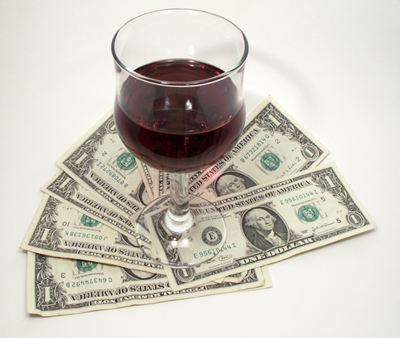How do you get good value from the wine you buy? It’s a very natural question that many people have asked me. It’s also a very subjective question with no hard and fast answer. That said, the popularity of wine continues to increase, and so does the number of choices available to consumers.
So despite the challenges involved, there will always be effort to empirically measure the value of wine. In wine circles the term for this debate is Quality to Price Ratio (QPR). At a basic level, you can obtain a QPR rating on a wine by simply dividing it’s average price by the average price of wine like it, by varietal and quality level.
This requires a good bit of existing knowledge and isn’t very helpful for the typical consumer. And what about comparing wines that aren’t the same grape, region or ranking?
One of the wine bloggers I follow, Robert Dwyer of the Wellesley Wine Press, has expanded on the QPR equation. He calls it the wwpQPR. He uses the 100 point scale from the Wine Spectator, and factors into the equation the fact that points above the number 90 are harder to obtain, and worth more, than points below.
Without this addition, a wine with a ranking of 87 at $11 would always score better than a wine ranked 93 at $17. Most wine fans would agree they’d prefer the second bottle. So Dwyer builds in an assumption that for every three points above 90, quality doubles. For every three points below 90, quality is cut in half.
You can also adjust the baseline assumption to suit your budget and taste. For demonstration purposes, Dwyer sets the baseline assumption at a 90 point ranked wine at $20 – right in line with my philosophy in general. That baseline wine would equal a QPR of 1.0.
Here’s his formula – now updated since I got the javascript to work! Go ahead and plug in some of your favorites wines, and see how they rate as values. And let me know if you find some real winners.
wwpQPR Calculator What's this?| Baseline Quality | ||||
| Baseline Price | ||||
| Quality (50-100) | ||||
| Price ($) | ||||
| wwpQPR | ||||
| Value: |
